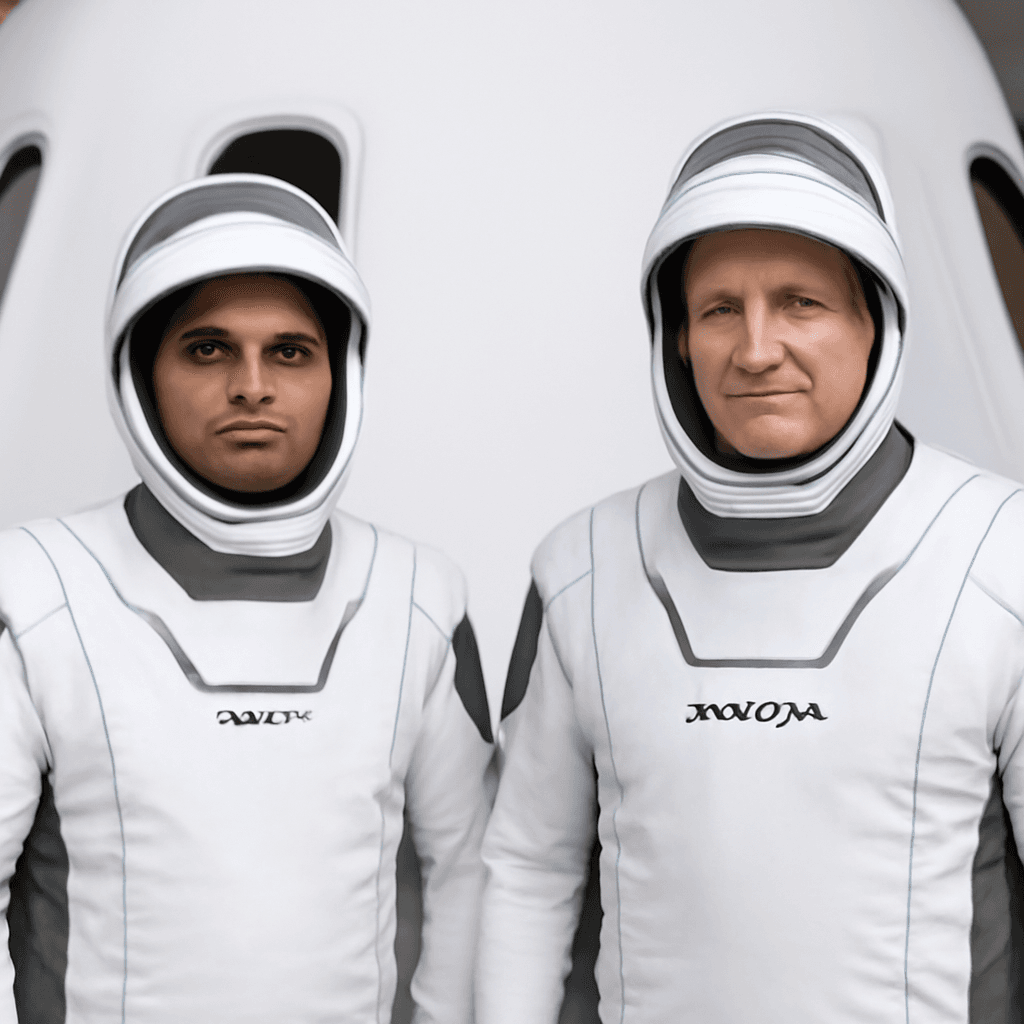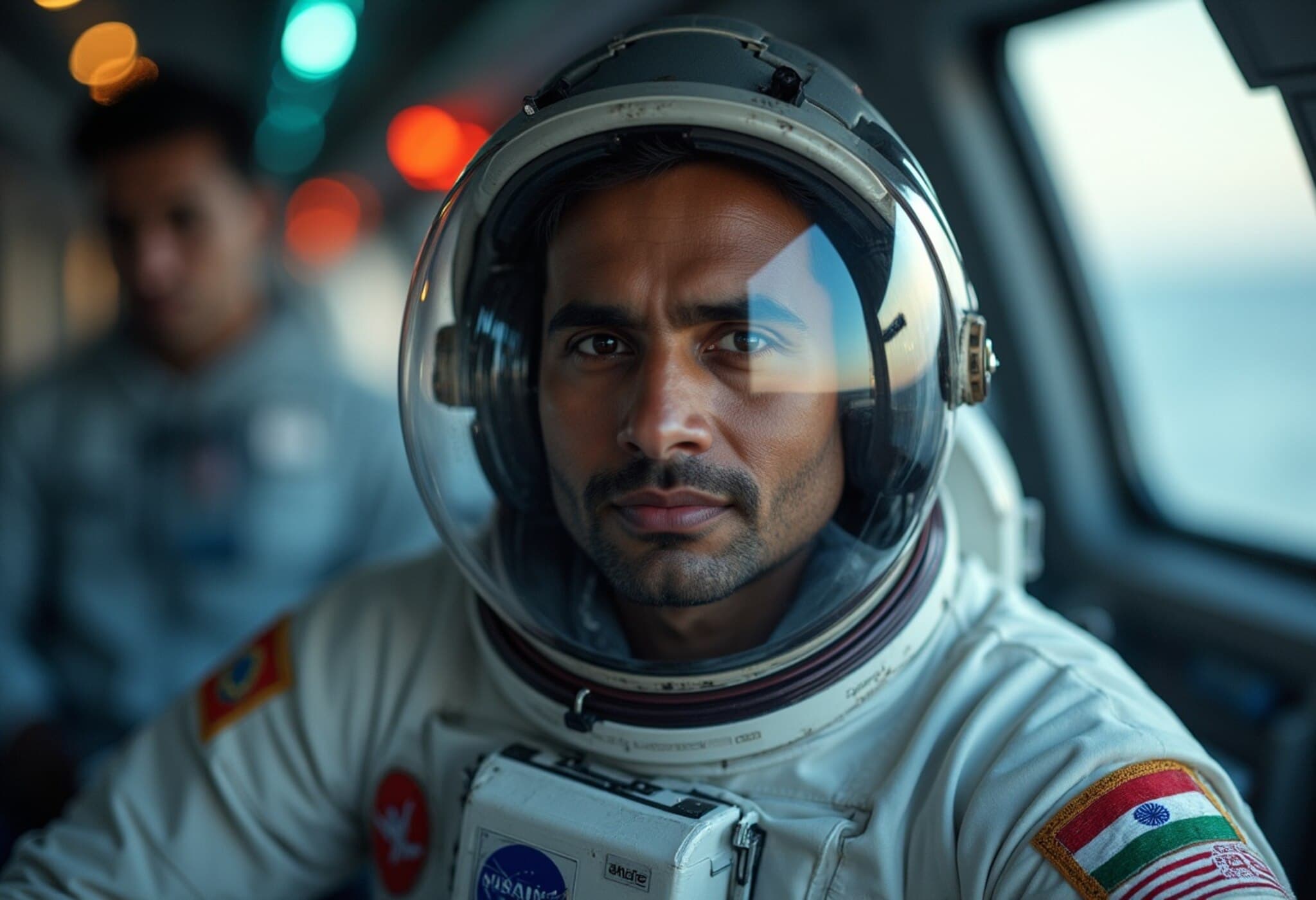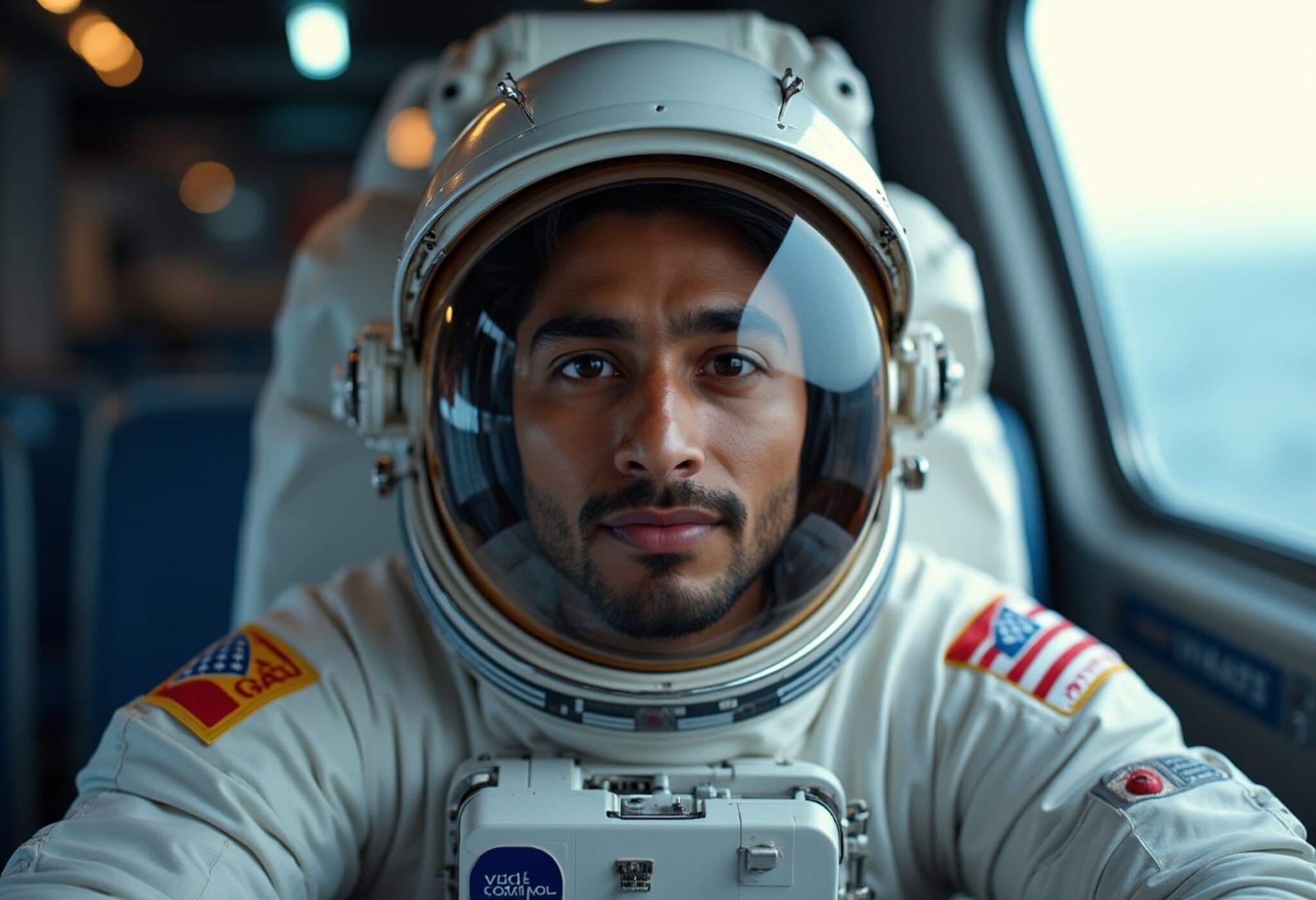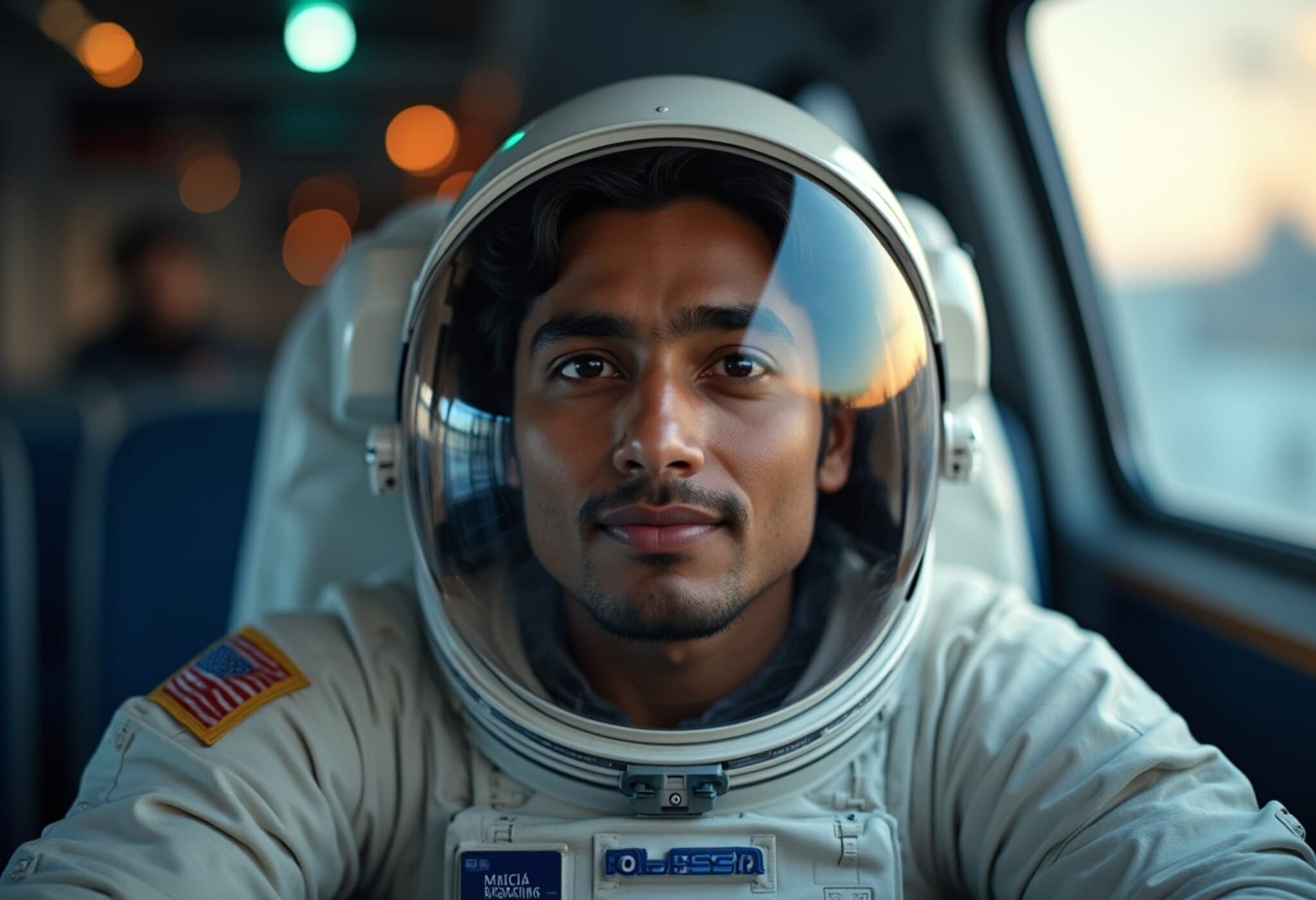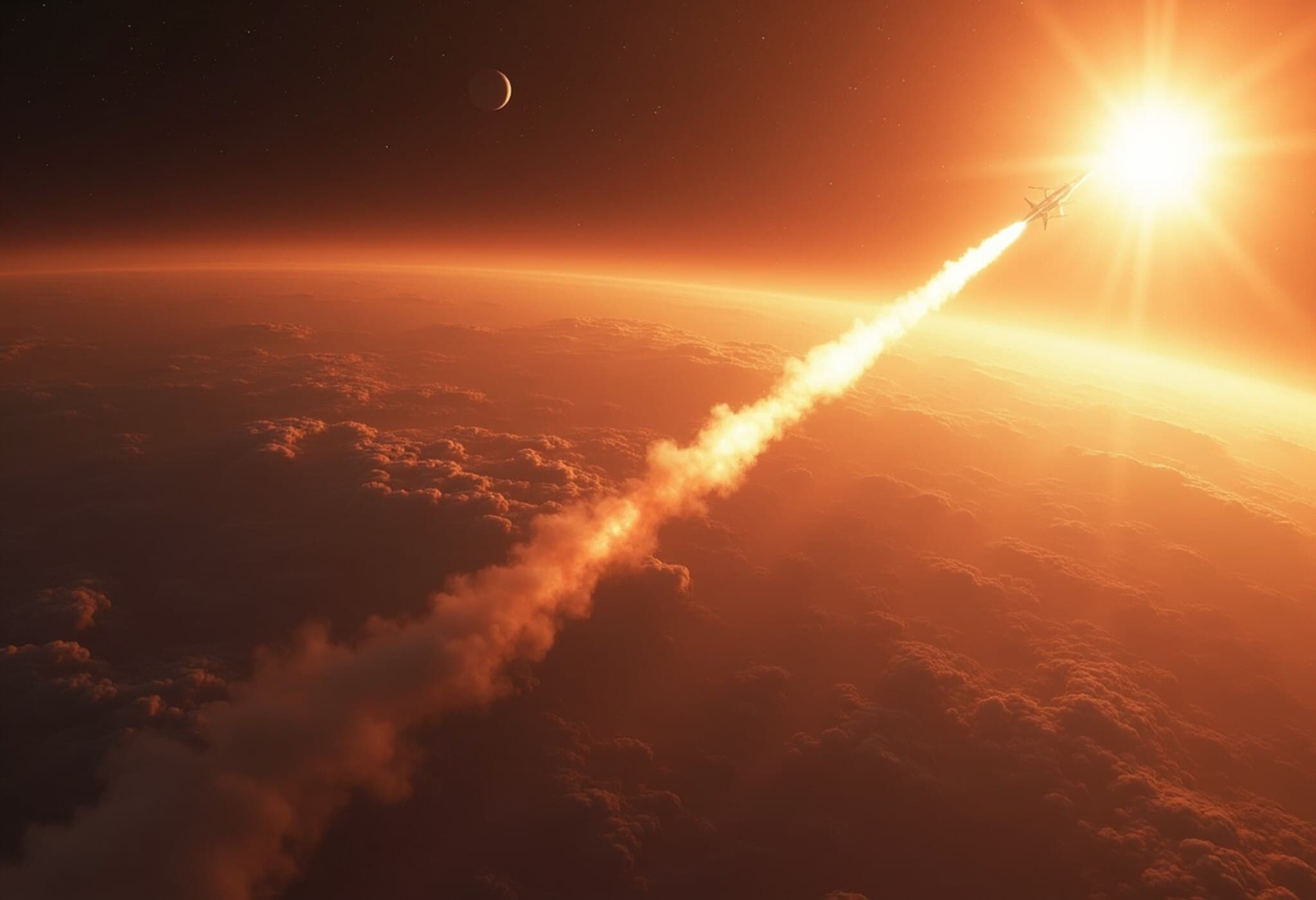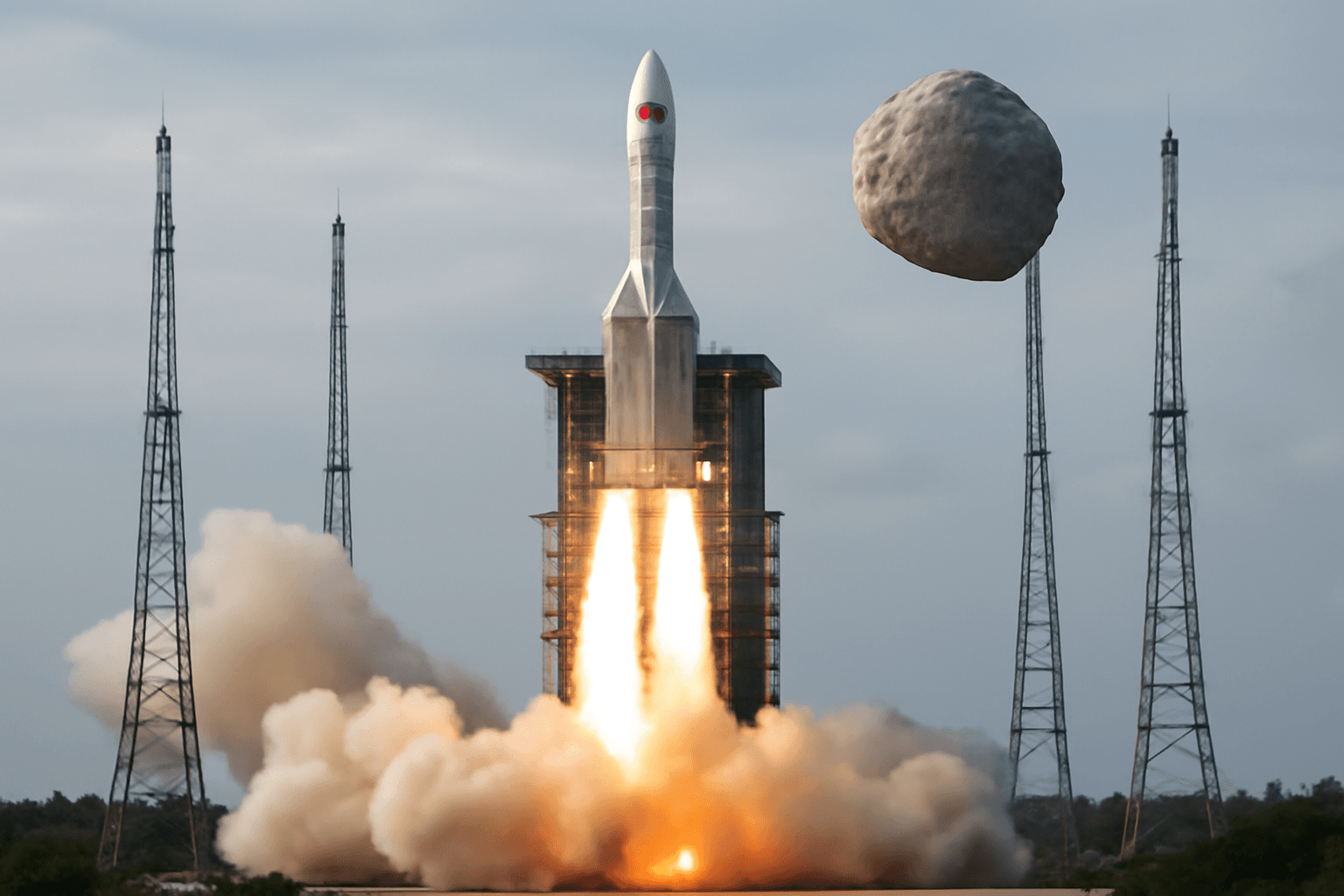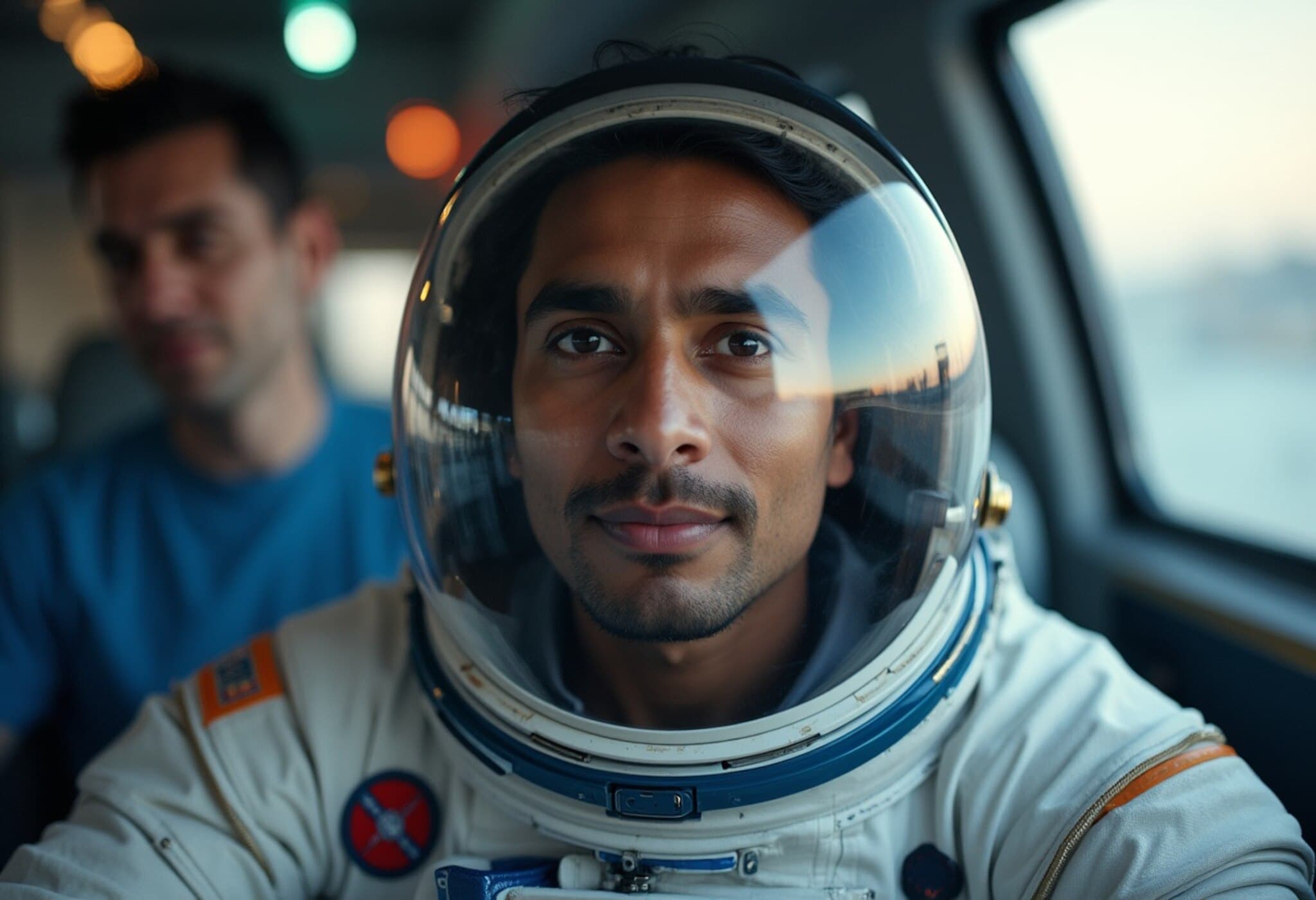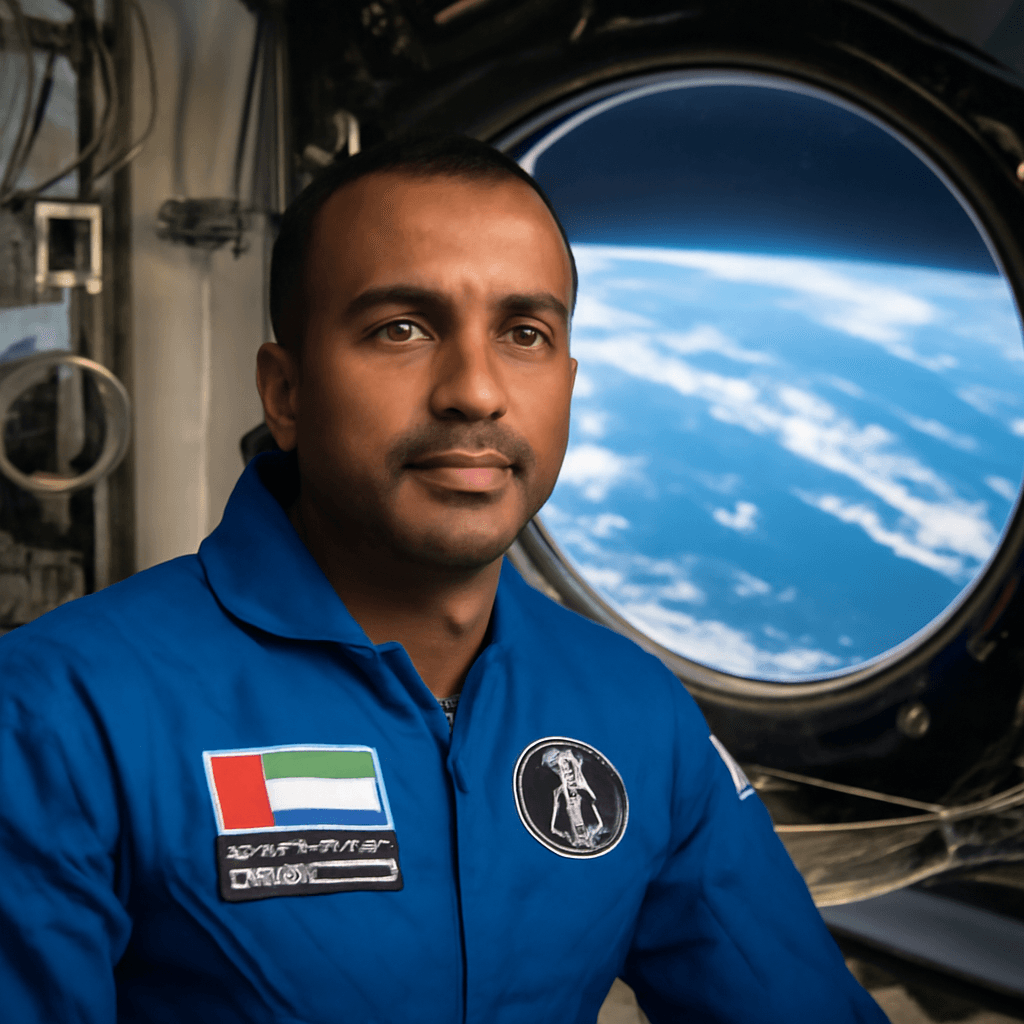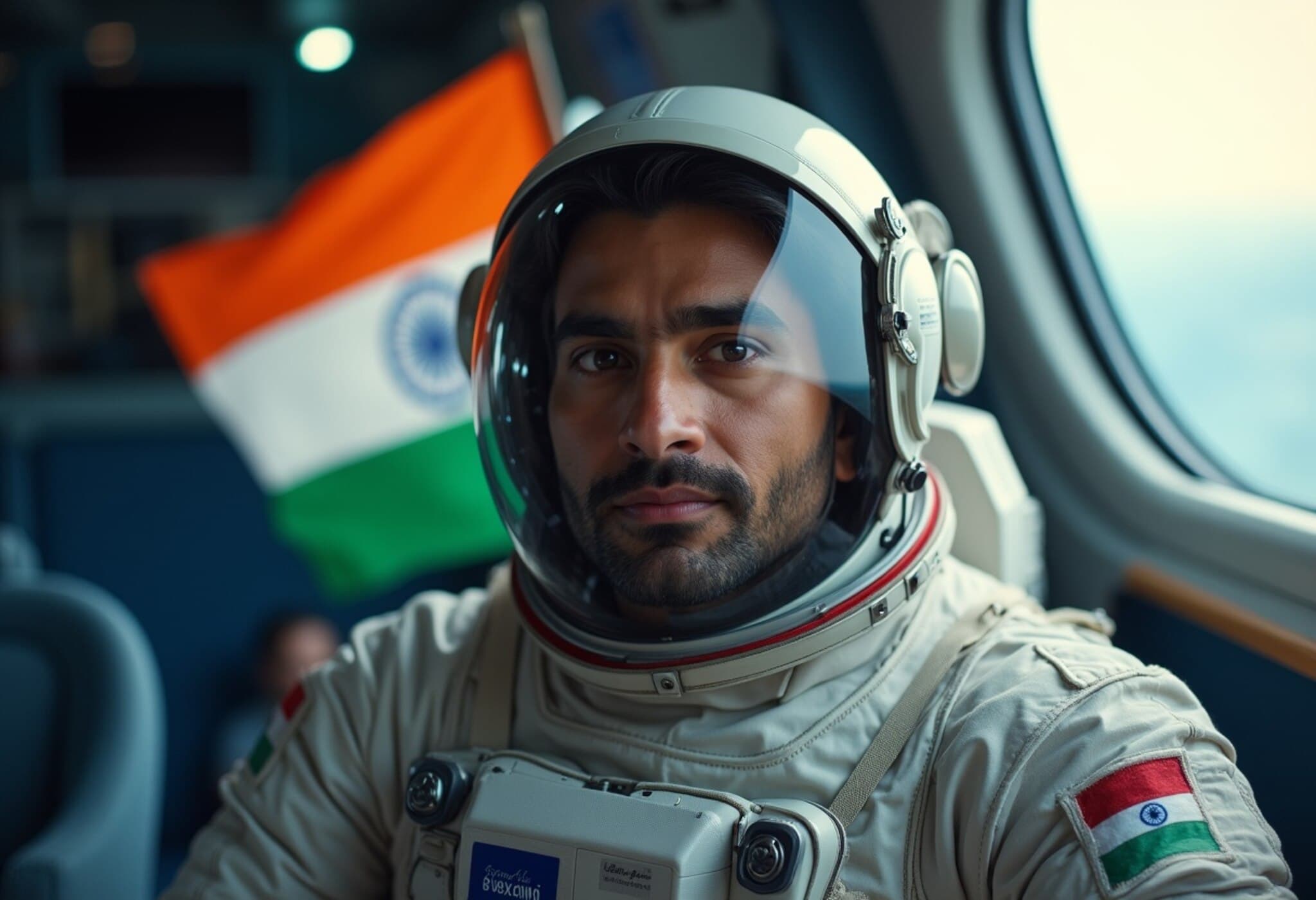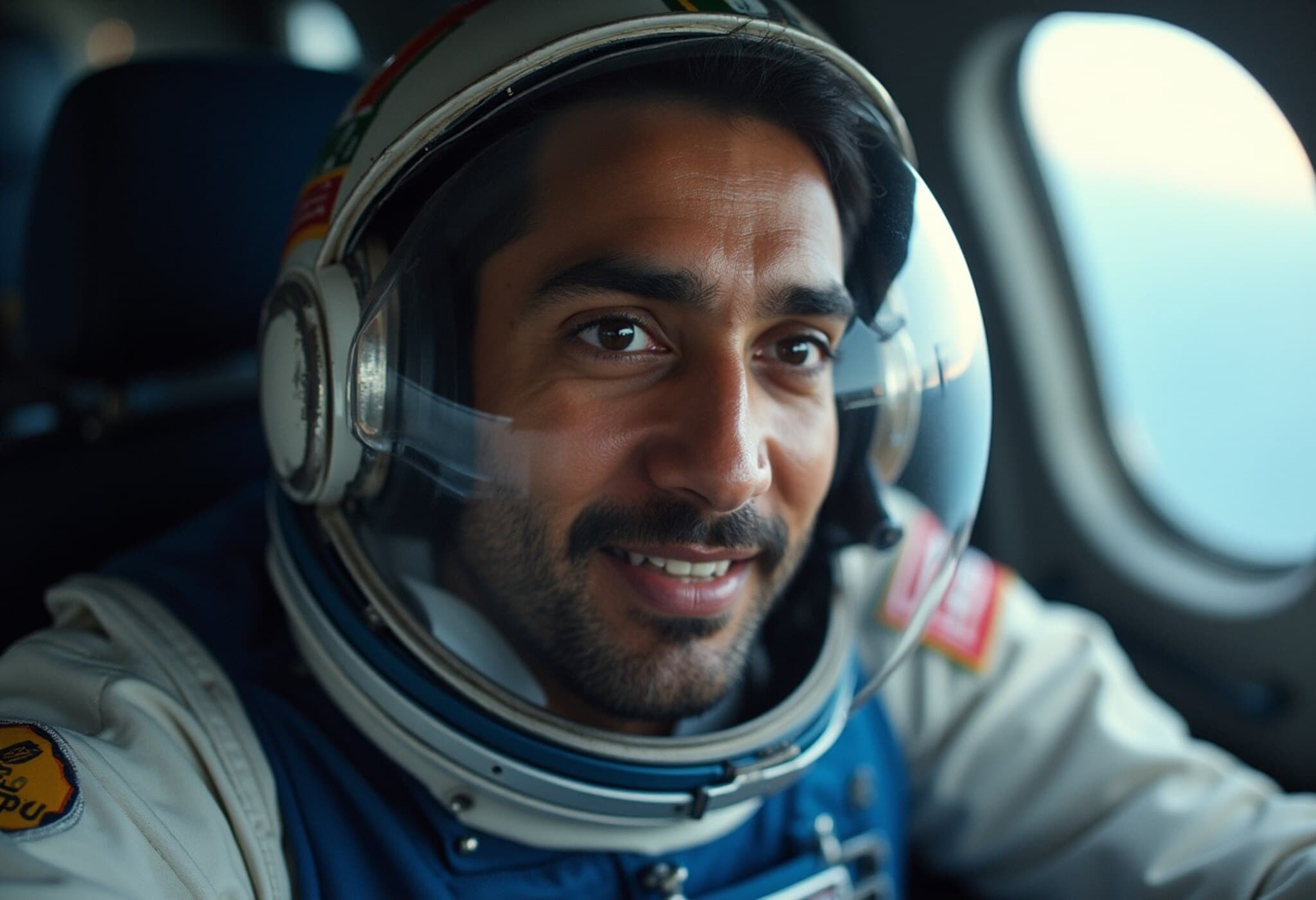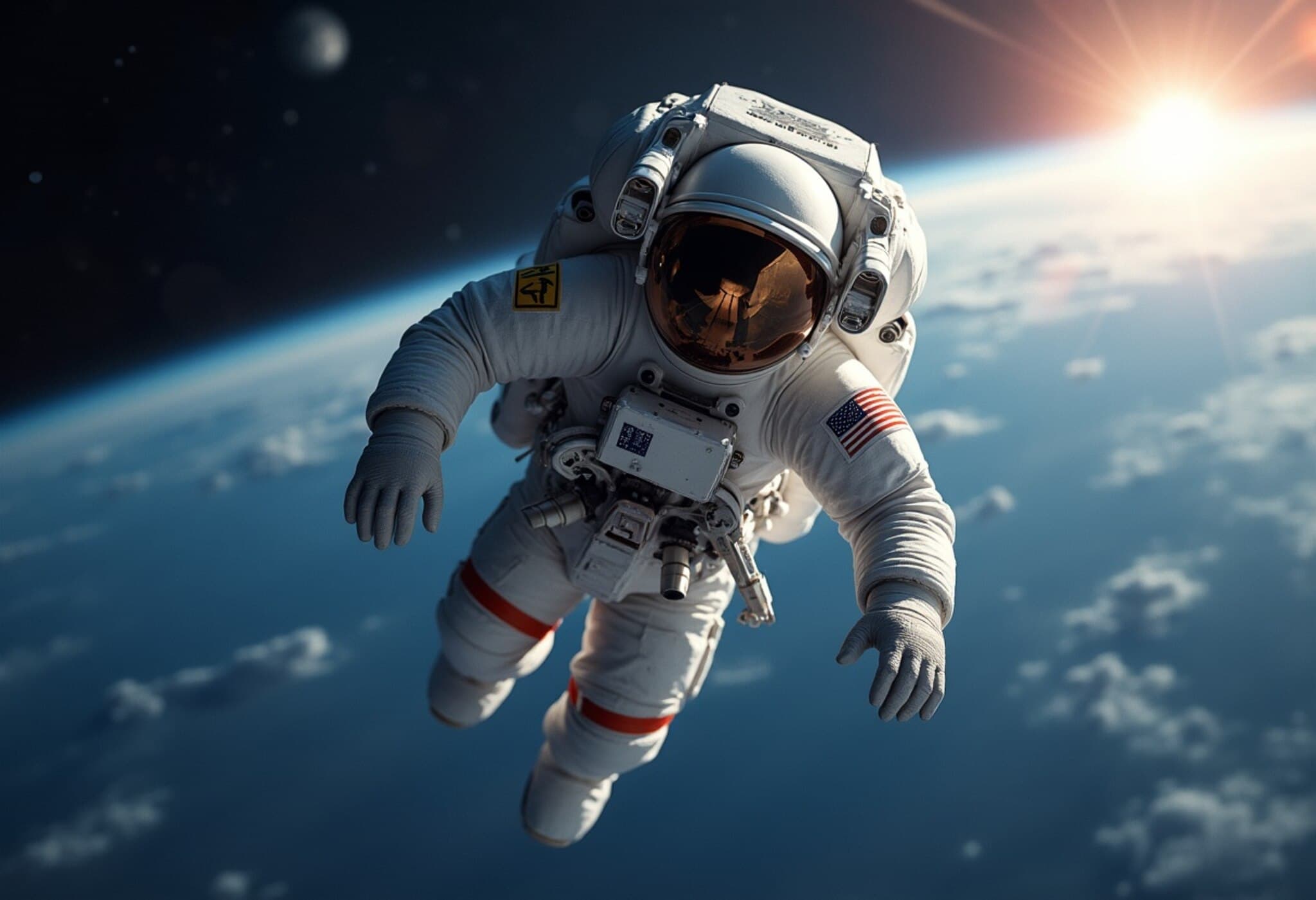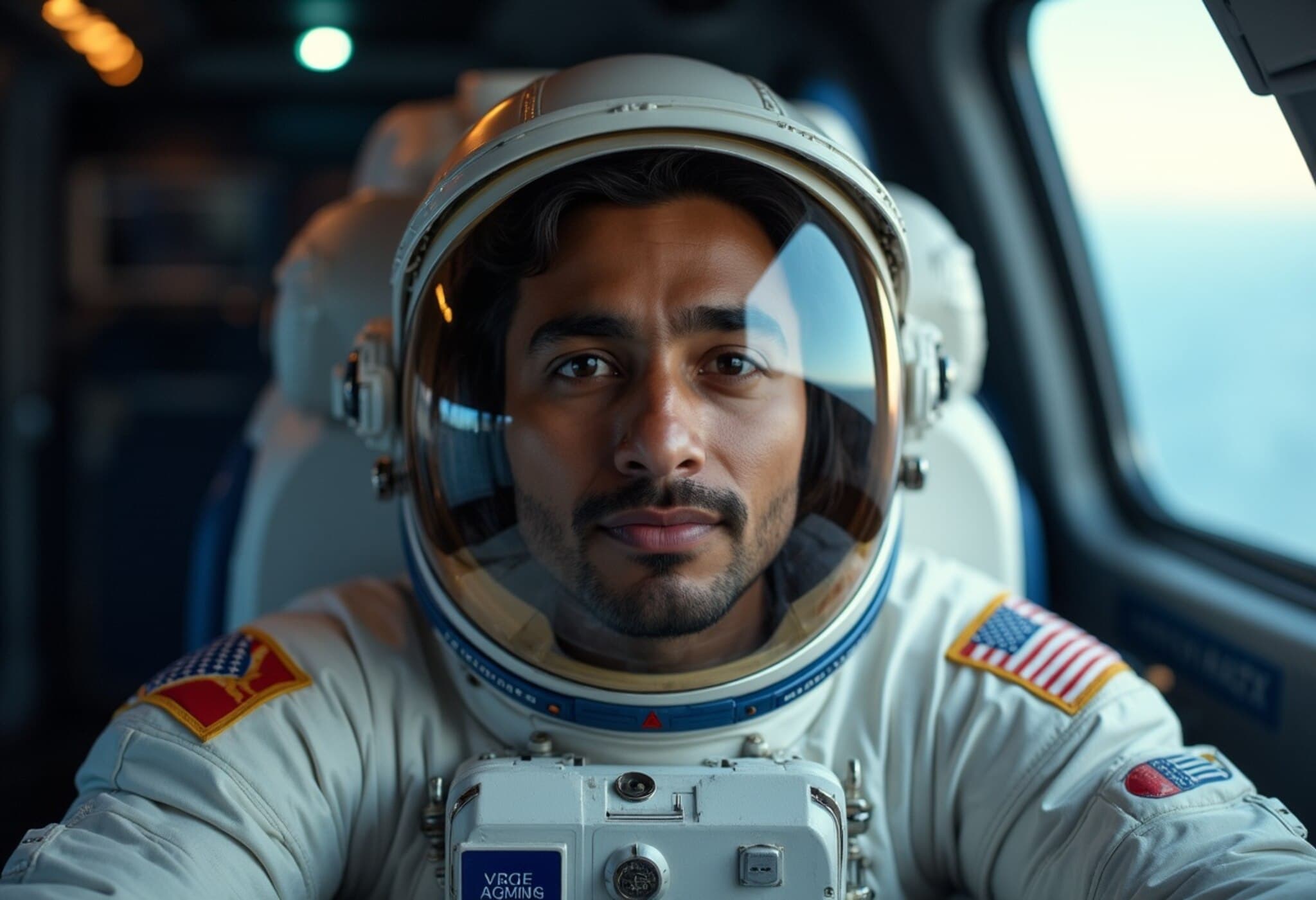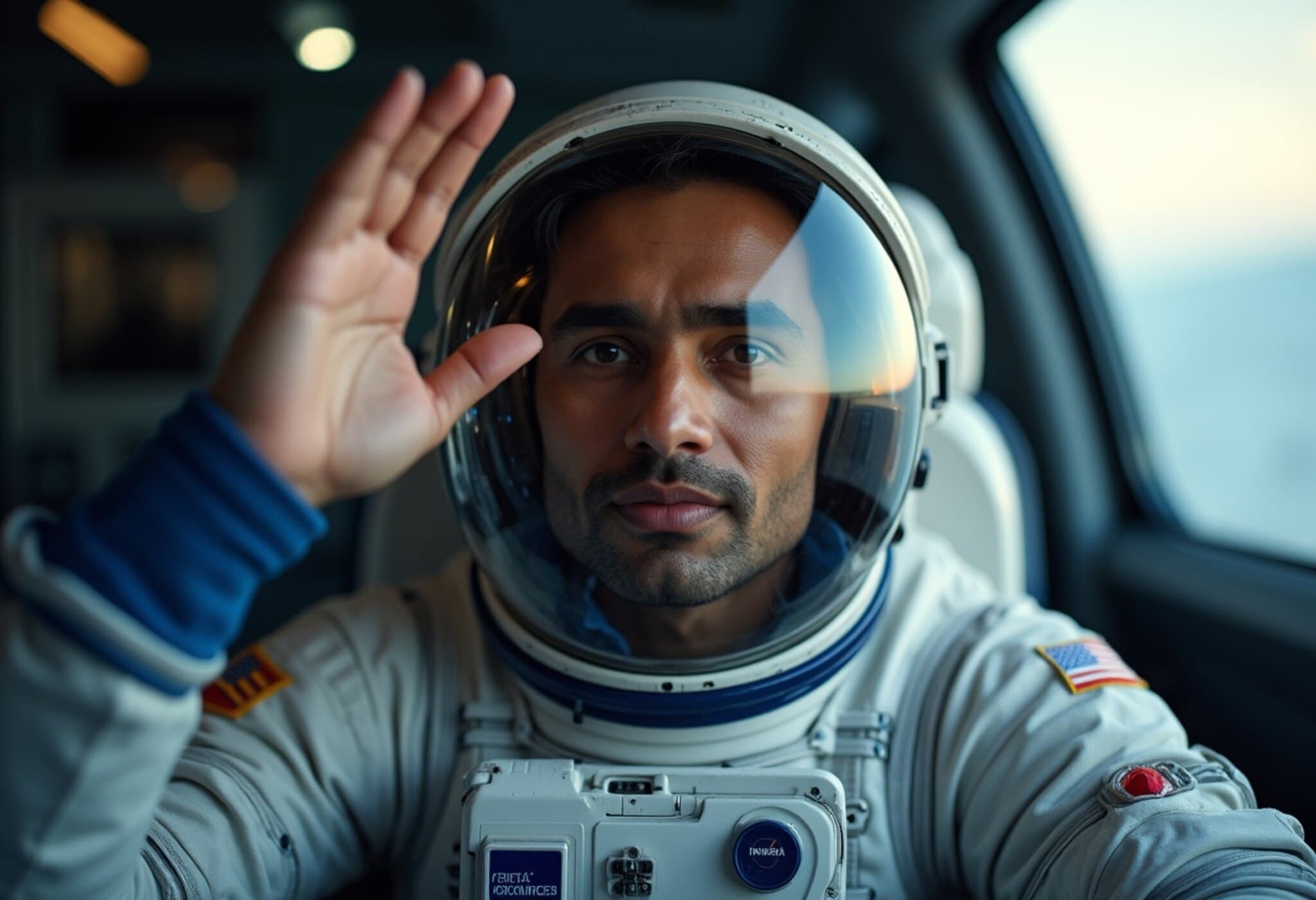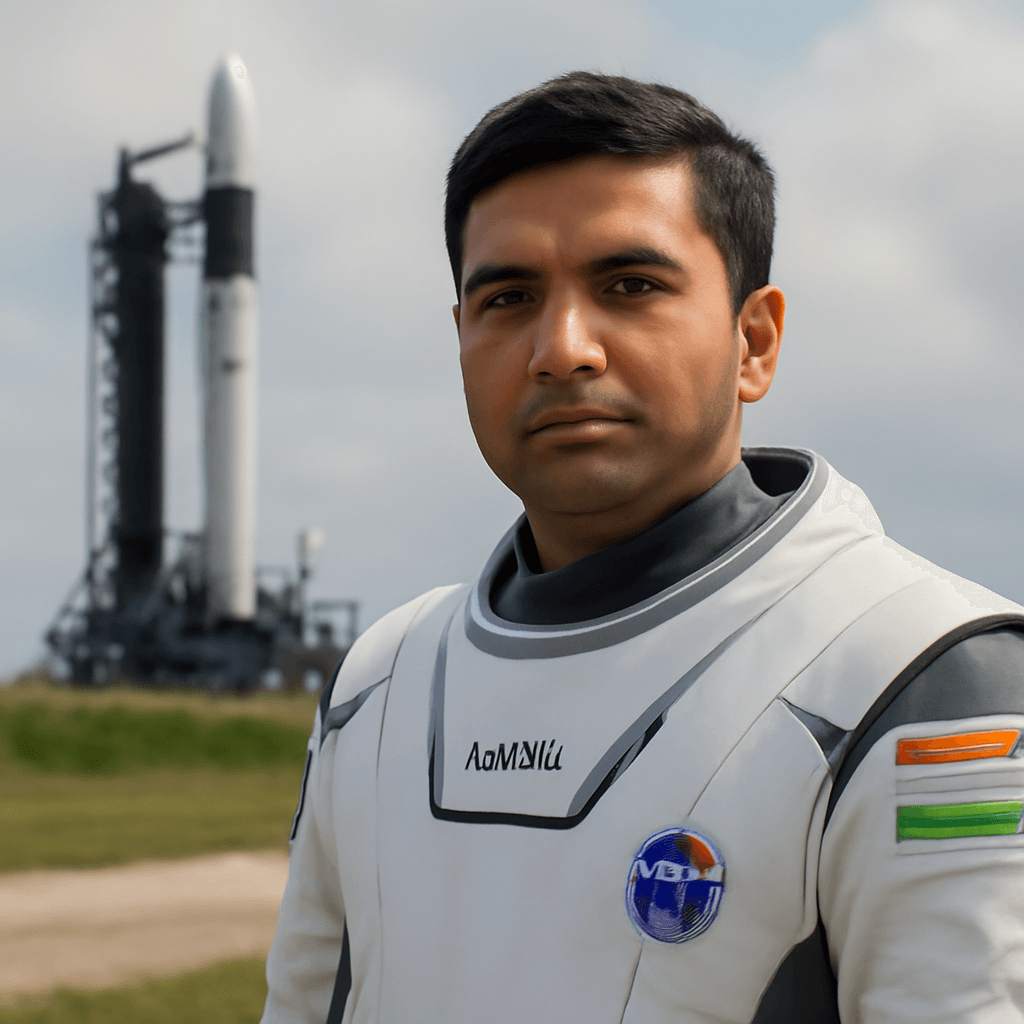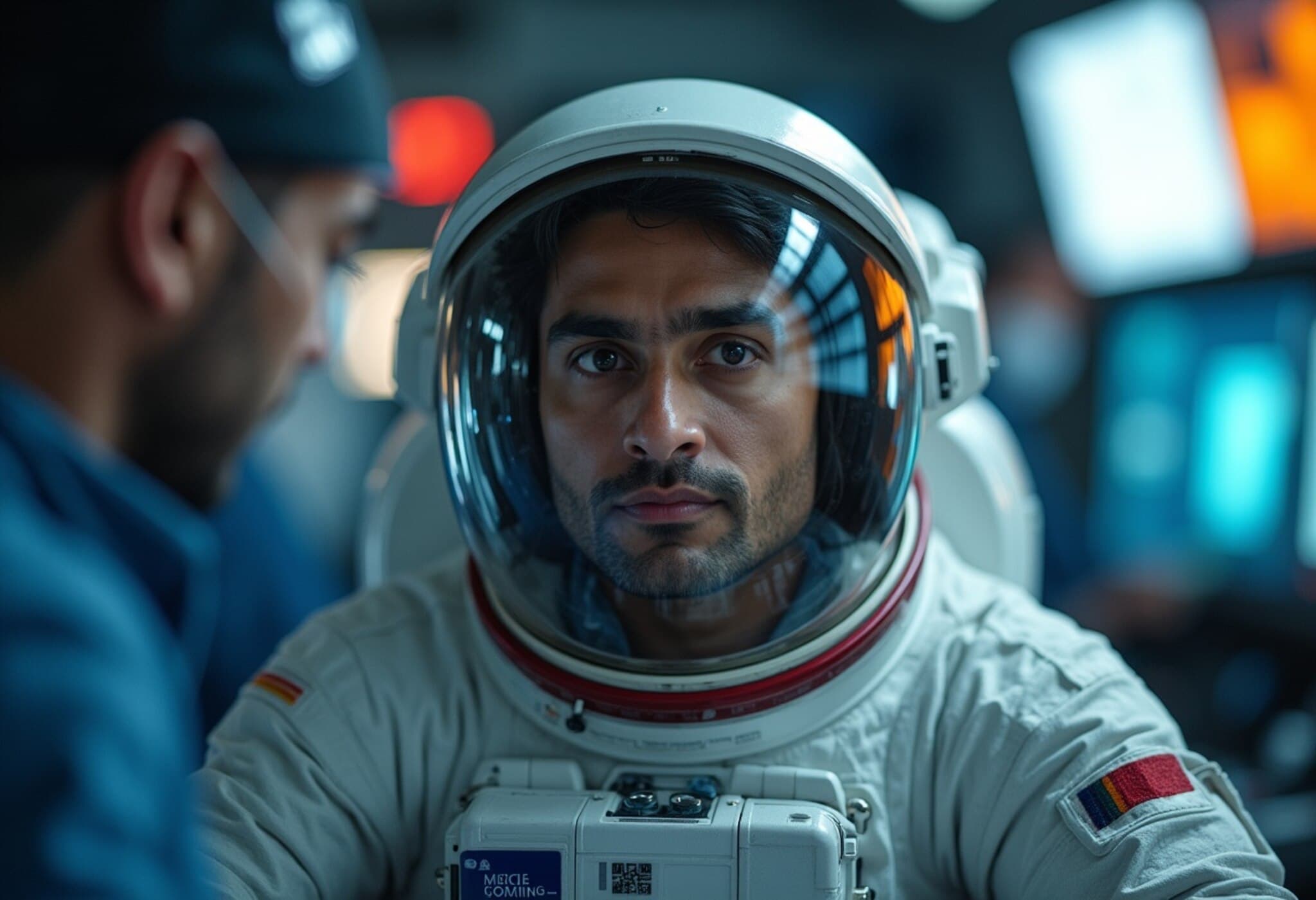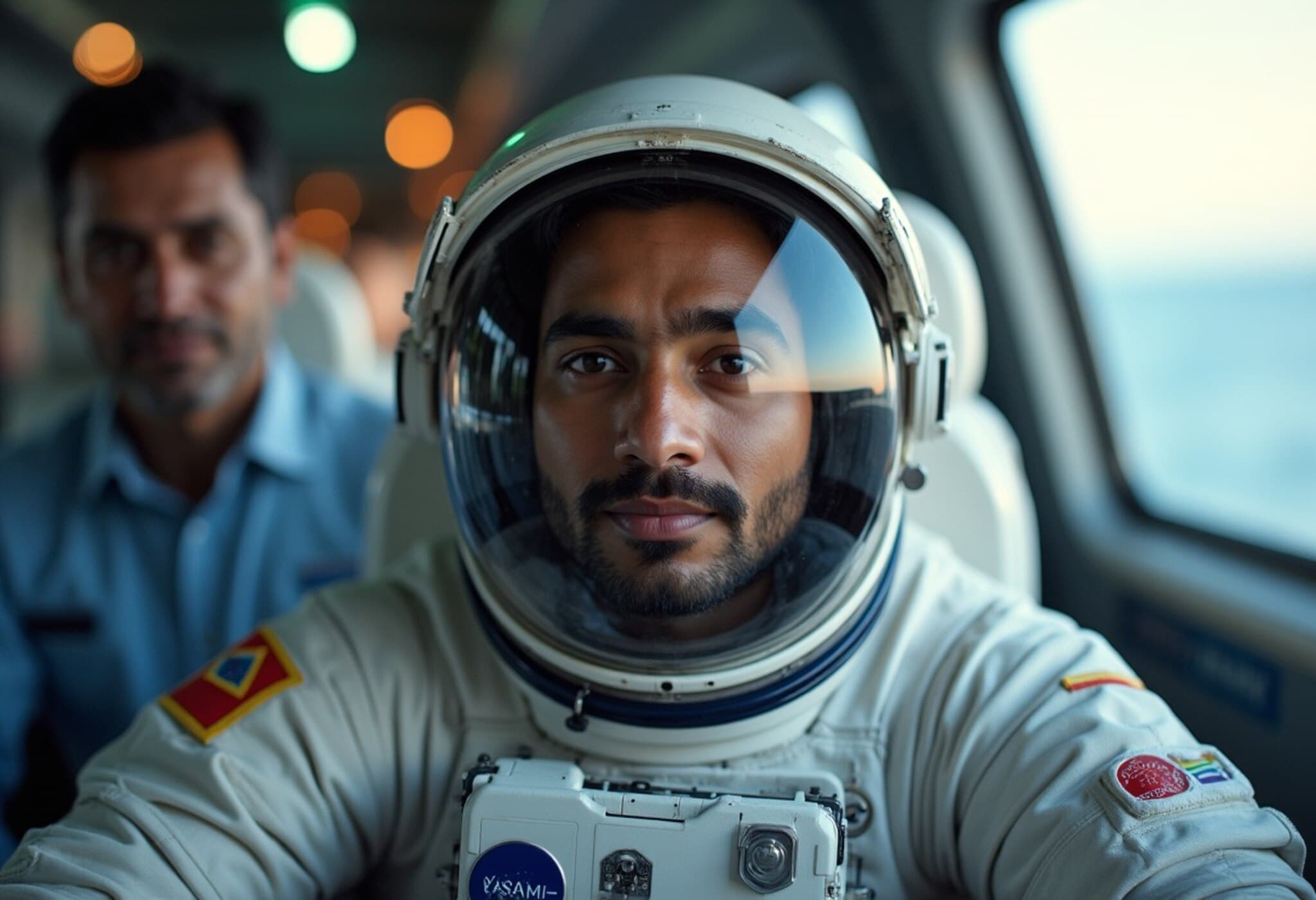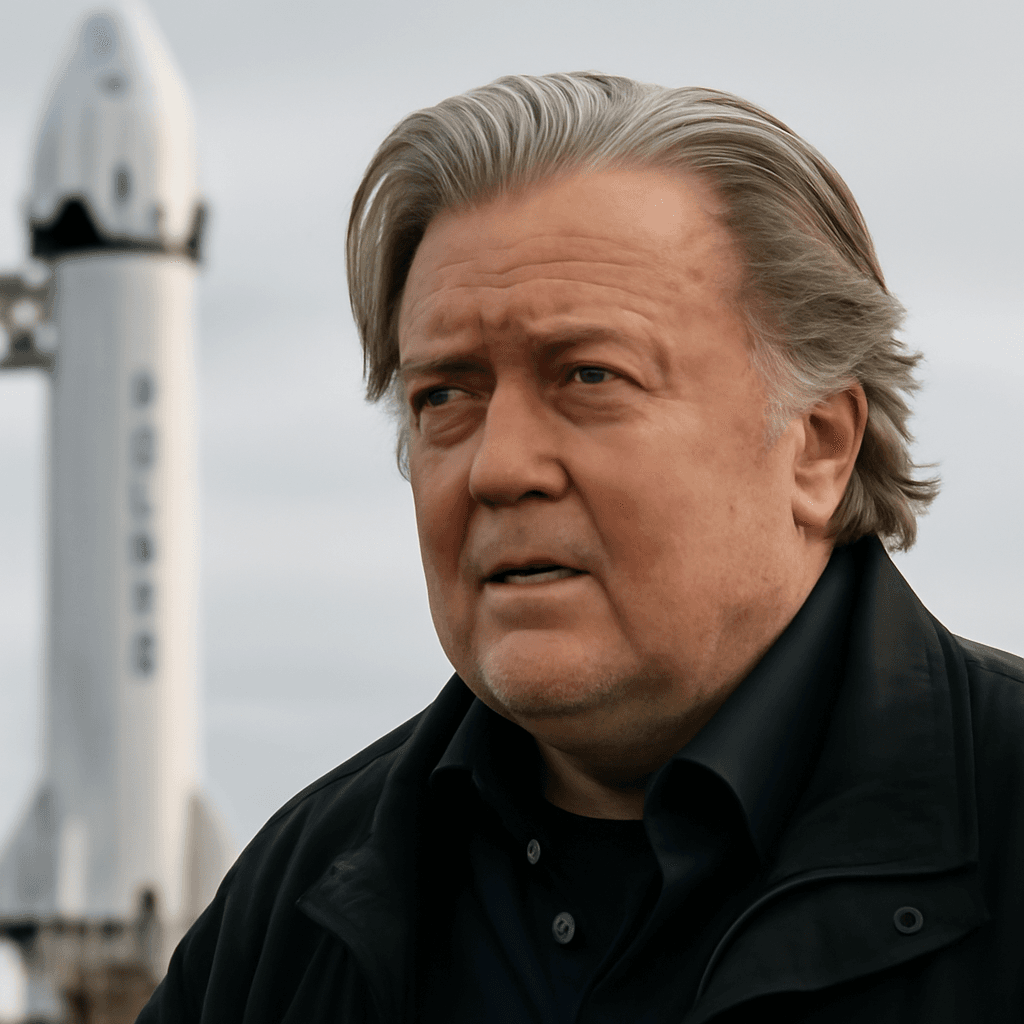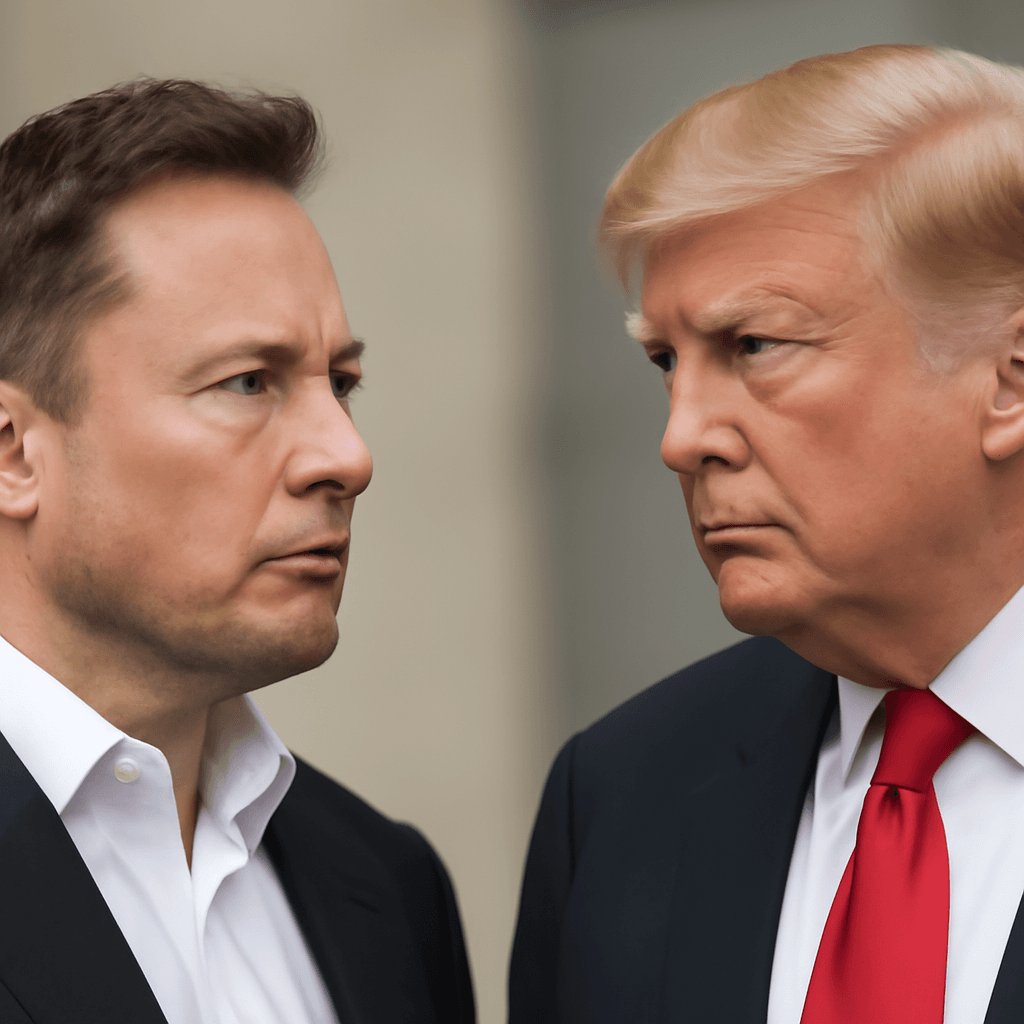India’s Foray into Commercial Human Spaceflight
Group Captain Shubhanshu Shukla is set to embark on a historic mission aboard the SpaceX Crew Dragon as part of Axiom Space's fourth private astronaut flight to the International Space Station (ISS). This mission marks India's first entry into commercial human spaceflight, opening a new chapter beyond traditional governmental space programs.
Insights from Veteran Astronaut Michael Lopez-Alegria
Michael Lopez-Alegria, a seasoned astronaut with four spaceflights and over 250 days in space, currently serves as Axiom Space's chief astronaut. Reflecting on his career, Lopez-Alegria highlighted his experience with NASA on three Space Shuttle missions and commanding Expedition 14 aboard the ISS.
He emphasized the rigorous training that mitigates the inherent risks of space travel: "Sure, it's risky, but we study the risks thoroughly and are extremely well-prepared."
Training the Indian Astronauts
Group Captain Shukla and his backup, Group Captain Prashant Balakrishnan Nair, nicknamed "Shux" and "Papa," have undergone an intensive training regimen lasting nearly ten months. According to Lopez-Alegria, the training is comprehensive:
- 40% conducted with NASA, focusing on ISS operations
- 40% conducted with SpaceX, emphasizing the Crew Dragon spacecraft
- Remaining time allocated to payload handling, centrifuge training, and zero-gravity simulations
Lopez-Alegria praised their technical skills and interpersonal qualities, essential for maintaining harmony during extended missions in confined environments. He also noted their prior experience at the Yuri Gagarin Cosmonaut Training Centre in Russia as a significant advantage.
Mission Roles and Technology Highlights
As mission pilot, Group Captain Shukla will be pivotal during launch, docking, undocking, and re-entry phases. The Crew Dragon spacecraft features advanced automation with a modern touchscreen interface, likened to a "Tesla" by Lopez-Alegria, making operations smoother compared to older spacecraft.
Scientific Endeavors and International Collaboration
This mission will carry more than 60 research activities from 31 countries, marking the most ambitious scientific agenda in Axiom's mission history. Indian institutions contribute experiments spanning agriculture, food science, and human biology, showcasing India's increasing role in global space research.
Lopez-Alegria encouraged balancing rigorous scientific work with appreciation of the unique opportunity to experience space: "Try to enjoy the experience as much as possible."
Reflections on Space Travel and India's Space Future
The veteran astronaut shared his awe-inspiring views of Earth, especially noting the beauty of India from orbit. Addressing financial aspects, he explained the mission cost of $60 to $70 million largely stems from launch expenses but underscored the long-term value of such investments in inspiring youth and strengthening technical education.
Looking ahead, Lopez-Alegria envisions potential collaboration between Axiom and the Indian space program, including the possibility of Gaganyaan docking with the future Axiom space station, whose first module launches in 2027.
Conclusion: A Defining Moment for India
Lopez-Alegria expressed strong confidence in Group Captain Shukla’s capabilities, calling him an asset India can take great pride in. This mission symbolizes India’s arrival as a significant player in the evolving landscape of space exploration, inspiring generations to come.

